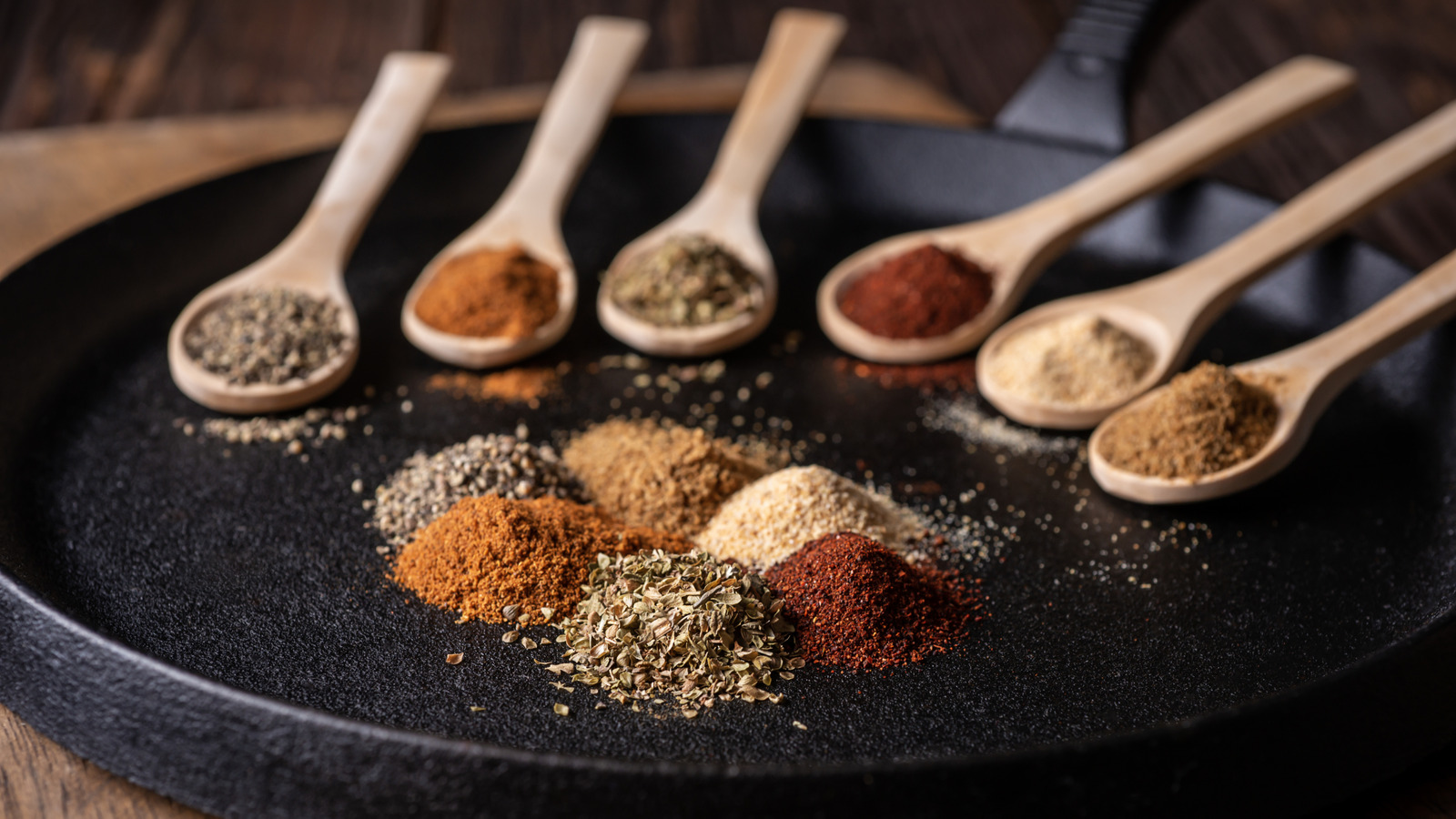
There's a deep sense of satisfaction that perches warmly on your soul when you watch a flower bloom. In the kitchen, a similar satisfaction is achieved when you bloom your spices, a popular South Asian cooking technique that involves heating spices in fat. Not only does it blanket the room with a warm aroma, it also adds a layer of flavor to your dish that is rarely present when spices aren't bloomed.
Any food aficionado would immediately be able to spot this difference since the impact of blooming is quite stark. But why, exactly, is this technique so impactful? Just like even a short period of marination can improve the texture of your food, blooming spices can bring out their true colors by making them bolder and deepening the sensory experience. Frying whole or ground spices releases fat-soluble flavor compounds that interact with other ingredients to create a more complex profile, increasing the taste and aroma of food.

Because fat coats the tongue, fat-soluble compounds are absorbed and linger, allowing the taste to stay long after. It is this lingering, almost haunting flavor that transforms a good dish into one you can't stop thinking about. It's almost like rubbing Aladdin's lamp, making your wish for a delicious dish come true.
Blooming spices for maximum impact A good rule of thumb for blooming spices is to give them the spotlight at the very start. Say you're about to whip up a hearty pot of chili . Instead of diving straight into browning the onions and ground beef, take a moment to bloom your spices by adding them to oil over medium-low heat.
While using oil (or another fat) is optional — you can simply toast the spices in a hot skillet — oil can help distribute flavor more evenly in a dish. Within a minute of adding them to the oil, the spices start to "bloom" by sputtering and releasing a strong, toasty scent. Ground spices can burn quickly, so stay around the pan and don't fry them for more than a few seconds.
If using whole spices, you can take them out of the oil and continue adding the rest of the ingredients. You can also add whole spices back later, depending on the dish. If you're using other aromatics such as onions, celery, garlic, or basil, this would be a good time to add them.
You can save some of the infused oil for later to enhance the flavor of staple snacks or side dishes, including roast potatoes, popcorn, and even dips. You can also use it as a marinade to make meat more succulent. However you choose to use your bloomed spices, you're guaranteed to get the most bang for your flavor buck.
.















